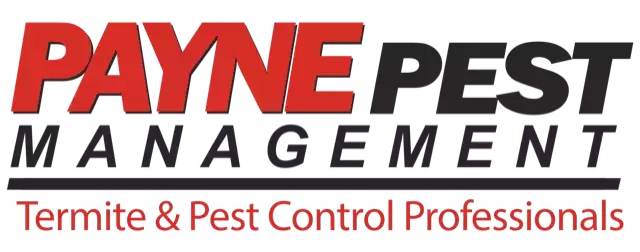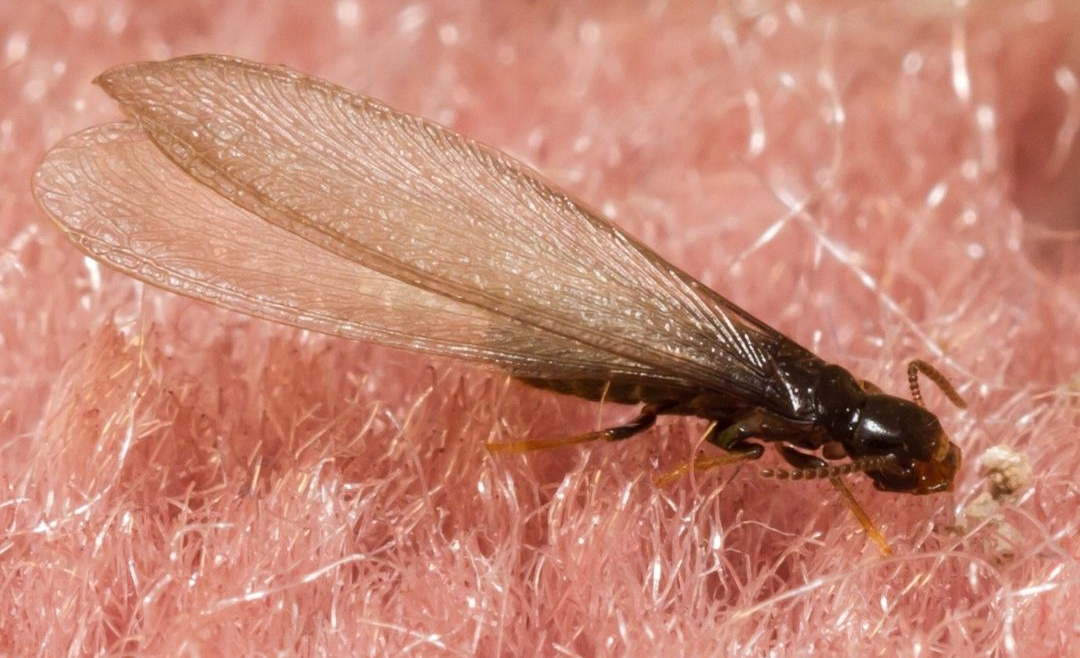Although termites are active throughout the year, it is only during the warmer months that they start swarming. Termite swarms are made up of termite swarmers or alates, which go out to reproduce and start a new colony. These are the flying termites that you may see in your home or on your property. Let’s take a look at some frequently asked questions about these termites:
How do swarmers get in the home?
Depending on the species, flying termites will look for one of two things. If you are dealing with subterranean termites, they will not usually be interested in the home directly. Instead they will start their nest in the soil on your property, and from there reach your home through underground tunnels. Drywood termites on the other hand infest the wood directly and build their colony inside of it, so they will be looking to set up inside the home if they can enter it either through an open window or door, or through gaps in the walls. They may also infest the exterior wood of the home.
What do termite swarmers look like?
Termite swarmers can get up to 3/8th of an inch in length, with light coloration and two pairs of wings. The wings may be white or translucent, and their bodies will look like they are made from one segment.
Are termite swarmers a warning sign?
Termite swarmers often indicate that there is a mature colony nearby, and that there may be a new colony soon. Seeing them on your property is an indication that you should either look for other signs of a termite infestation, or that you should call over a pest control specialist to perform a termite inspection.
What attracts swarmers?
Termite swarmers are attracted to light, so this is why you may find a lot of dead swarmers or their wings near window sills or external lighting.
How to get rid of termite swarmers?
You can’t really get rid of termite swarmers, but you can get rid of the termite colony that spawned them, if it is on your property. Contact us if you have noticed swarmers in your home, and you would like to perform a termite inspection. We can also get rid of mature colonies using a variety of methods that fit your budget and your particular situation. Give us a call today with any questions you may have.







